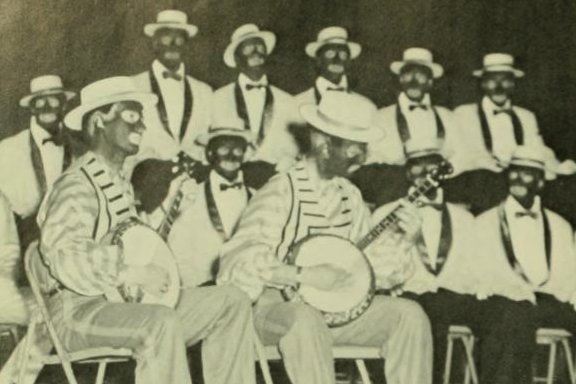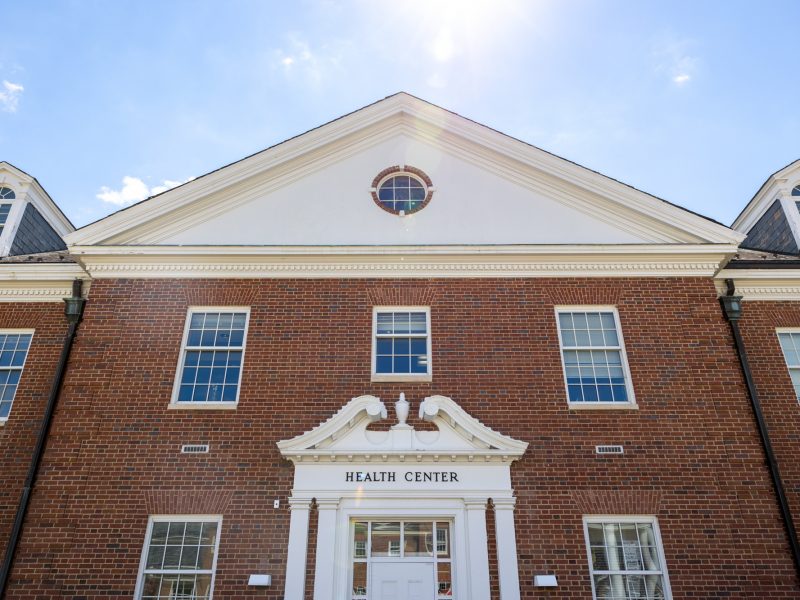Views expressed in opinion columns are the author’s own.
Last week, four pictures from old editions of the Terrapin Yearbook were shared on Twitter, receiving over a thousand retweets. They depicted University of Maryland students from 1960, 1965 and 1970 wearing blackface at a variety of campus events.
There are a couple of things to talk about with regard to this situation. The first is university President Wallace Loh’s response, which minimized the seriousness of the issue. Public relations strategies often recommend not making promises and using vague language — Loh’s response, released on Twitter, was filled with empty words. He states the obvious: We know blackface is “profoundly hurtful and distressing” and that it “reflect[s] a history of racial prejudice.” Any person of color on this campus could tell you that.
Loh touched on the issue of contemporary racism but avoided fully contending with it. He writes that blackface “[does] not convey what we seek to embody today.” But seeking to embody something is different from actually embodying it. Issues of racial prejudice, minority discrimination and the perpetuation of systemic oppression run wild on this campus, but Loh certainly can’t openly admit that in a tweet.
Of course, Loh isn’t responsible for what we see in the images. He wasn’t even the university’s president at the time. However, as the current president, he has a responsibility to acknowledge our failures, past and present, and this university has a hard time doing that.
Former university President Dan Mote commissioned a report on the university’s historical relationship to slavery, which was published in 2009. The report, “Knowing Our History,” found that over half the original university trustees held slaves. While there was no explicit evidence that slave labor was used in the building of the Maryland Agricultural College, slaves certainly played a role in its creation.
This was a good way to acknowledge our history, even if Mote doesn’t seem to have formally apologized for it. Similarly, something as small as a disclaimer on yearbook archives would be a step up. Saying that we recognize this as a part of our history — but including that we don’t condone such behavior now and hope for more growth in the future — would show students of color that the university cares about them.
Ultimately, Loh’s response fell short. When students voice their concerns, we don’t want those concerns parroted back to us, as Loh does in his response tweet. We want change, progress and care. And while I agree that issues of racism and discrimination on campus are often addressed poorly, trying to hide our past won’t make that better. These images and the university’s history need to be accessible to anyone who is interested. It’s up to the administration of this university, however, to determine whether that history defines who we are today.
Liyanga de Silva is a junior English and women’s studies major. She can be reached at liyanga.a.ds@gmail.com.



